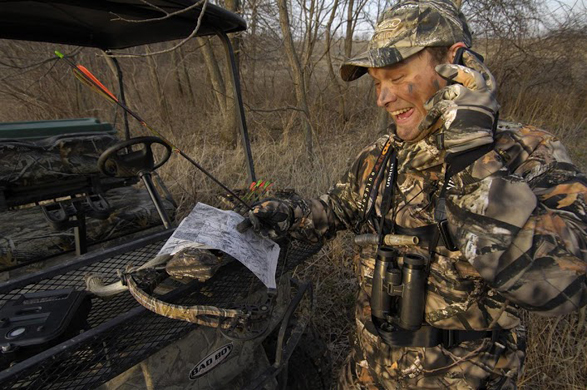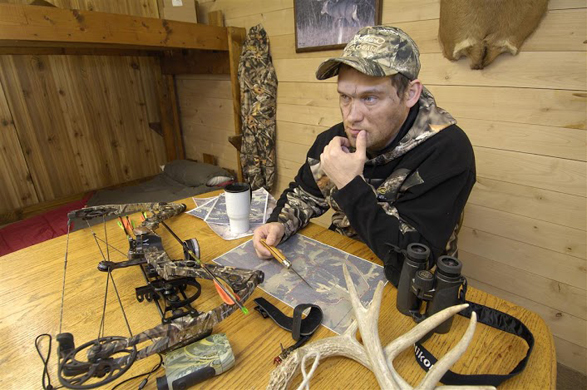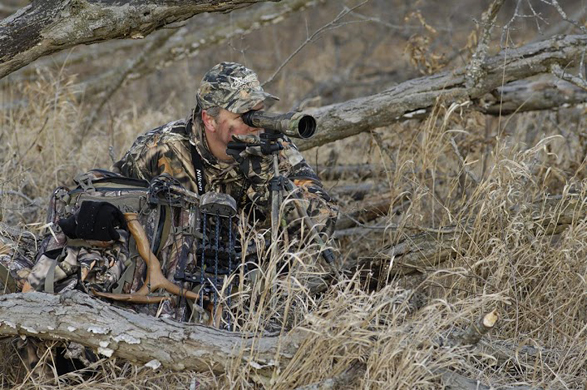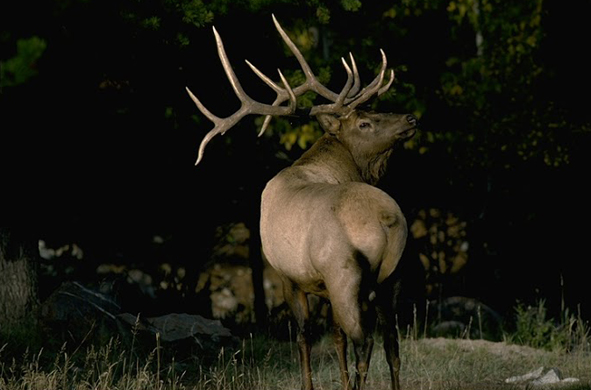LAST UPDATED: May 1st, 2015
There is no shortage of articles written about hunting tactics, gear, shooting techniques, and the like. And if you are like me, then you probably love getting your hands on as much hunting information as you can. I am grateful for the opportunity to learn from hunters who are far more experienced than I am, but all of this information can also be overwhelming. What do we do with all of this knowledge? How do we categorize it? How do we assess what things we need to focus on to improve as hunters?
Although our goal is to become more capable, effective, and knowledgeable hunters, I think that far too often we lose sight of this big goal and focus too much on the little pieces. If I want to build a house then I need to collect materials, but collecting materials alone won’t get me anywhere. I have to categorize these materials, use them as intended, and keep the big picture in mind.
Hunting success can hinge on many things, but according to the author, all of those details come down to one word.
So what does it take to be a successful bowhunter and how can we organize our plan to grow as hunters? Let’s take a step back and realize that we tend to over-complicate and over-analyze hunting. The reality is that we can break down a typical hunt into three key components…Location, Location, Location
• Location #1 – Finding the animal(s)
• Location #2 – Closing the distance
• Location #3 – Placing the shot
Location 1 Finding The Animals
Hunting starts with locating an animal to pursue. That sounds easy, but we all know what a challenge it can be – especially if we are going after a buck or bull of a certain caliber. Locating an animal to pursue means spending time pouring over maps to identify key habitat and land features. However, satellite imagery and topographic maps will only tell us so much. It is always good to spend time in your hunting unit during the off-season, but don’t feel like you have to dedicate weekends for just scouting. Make scouting a part of other activities – take your family hiking, camping, or fishing in the area. Many of us are limited by the amount of physical scouting that we can do because of distance, time, and money. If you can’t physically scout an area, then a good alternative is to try and get in touch with those that are familiar with that area. Contact state wildlife officials or hunters that have previous experience in a particular spot.
Topographic maps are very useful when it comes to scouting or locating areas that may hold game animals.
However, boot work must still be done in order to get a better idea of what the animals in your area are doing, how they travel, and where they bed and feed.
Location 2 Closing The Distance
It isn’t enough to know where an animal may live, or even to see that animal from afar, we have to close the distance in order to have a shot opportunity. This is especially true for those of us that hunt with archery equipment. A lot of things have to go right to get a shot opportunity on the buck or bull that we are pursuing. Many times luck is a key factor, but magic doesn’t just happen and opportunities don’t present themselves out of nowhere – we have to do our part.
Elk hunting requires more physical preparedness than perhaps whitetails; however, the mental toughness that goes with physical fitness can be beneficial no matter which big-game animal you’re chasing.
If you are going to pursue big game animals on their home turf, then you better be physically and mentally prepared to step out of your comfort zone and into some challenging country. Physical training stands on its own merits, but I think that the mental tenacity that comes from pushing our bodies is at least as equally important as the physical strength and endurance that is built from such activities. Stretch yourself and do something hard this off-season; test your mind and your body. You’ll be glad you did come September. Remember though, sometimes physical strength and mental tenacity isn’t enough to close the distance, which is why it can be critical to evaluate other things that can help get us in range – such as our calling techniques, the use of decoys, or a better understanding of the dynamics of the wind.
Location #3 Placing The Shot
Everything comes down to this moment – our hard work has paid off, luck has been on our side, and the animal that we have been pursuing has now been framed in our bow’s sight. Can you put a broadhead in the right location?
When I think about animals that I have harvested, I can never recall the details of the shot. I can vividly remember drawing my bow or putting my rifle’s stock to my shoulder, but from there everything seems to just happen automatically. When “auto pilot” kicks in, we need to have the foundation of a consistent, repeatable shot sequence that has been practice time and time again. There’s really no other way to put it – you can’t become too proficient with your weapon. Practice from long distances, short distances, odd angles, and different body positions. Practice a lot and then practice some more. Then, do it again.
When the moment of truth arrives can you place the arrow exactly where it needs to be? If not, it’s time to figure out what you have to change in order to change the outcome of your next shot opportunity.
During this off-season, as you reflect on last year’s hunts and prepare for the fast approaching fall, don’t get overwhelmed by the details. Remember that a successful hunt is a matter of location, location, and location. Identify what areas you need to improve and get to work. Good luck!

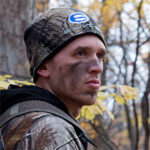 By
By 